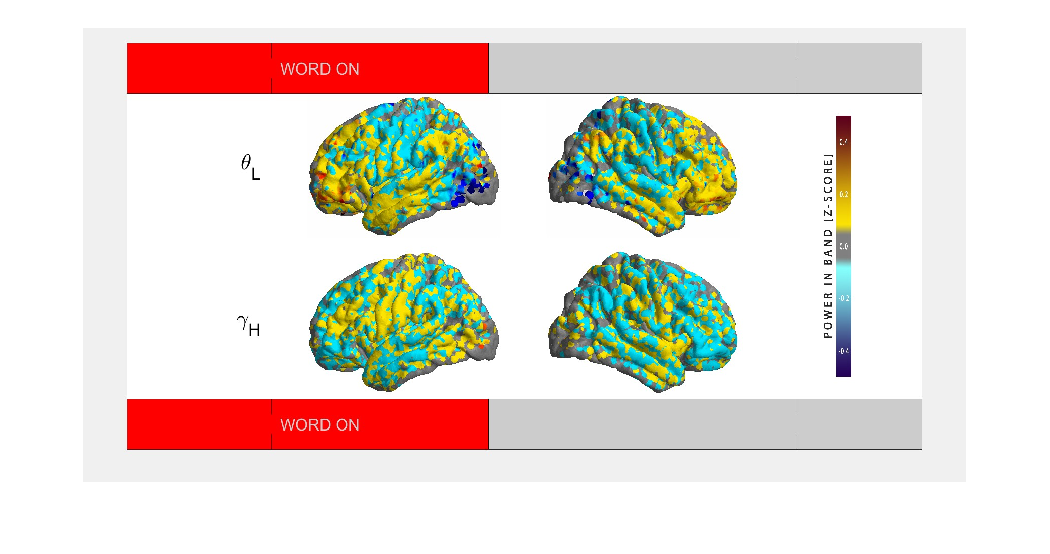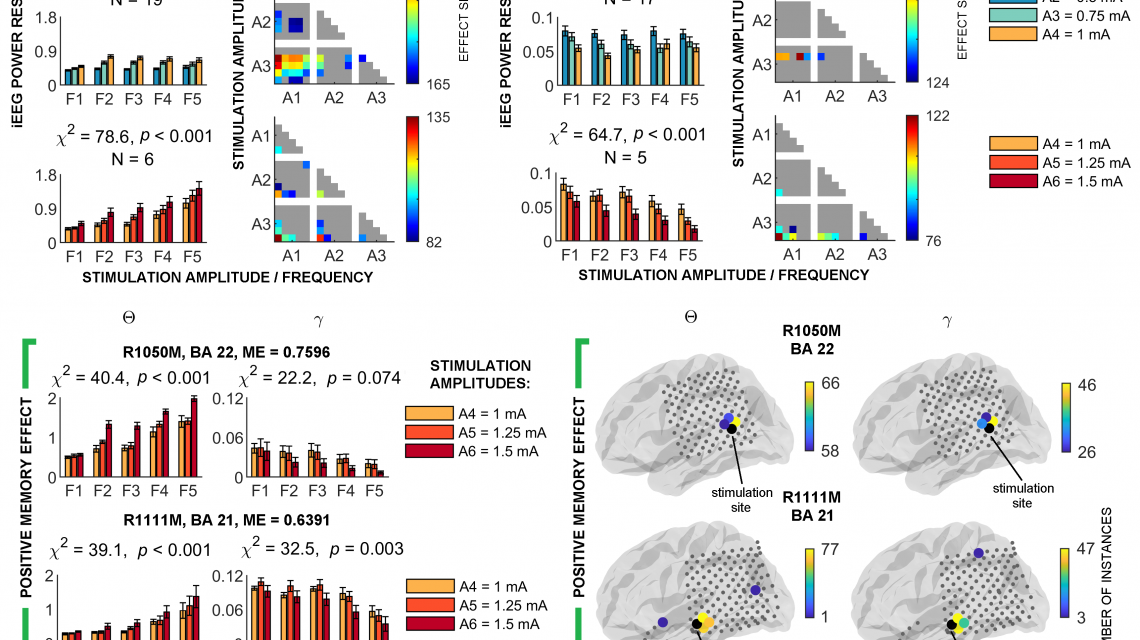New discovery – brain waves that coordinate formation of human memories
We are delighted to share with you about the recent publication of our research findings, which appeared this month in the journal NeuroImage. It is a result of almost 4 years of our work on mapping the brain waves generated in our brain as memories for words are formed. Tory Marks, a PhD student of biomedical engineering at Mayo Clinic, worked together with other members of our BME lab on a large dataset of over 150…
Continue reading




